All The Eeveelutions! :)
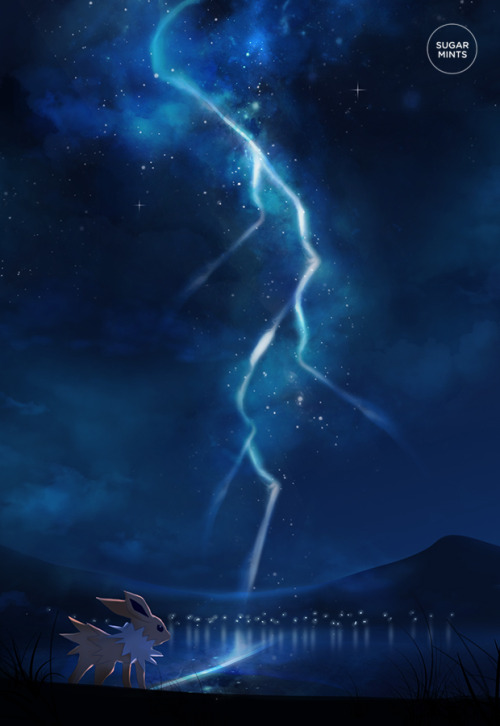
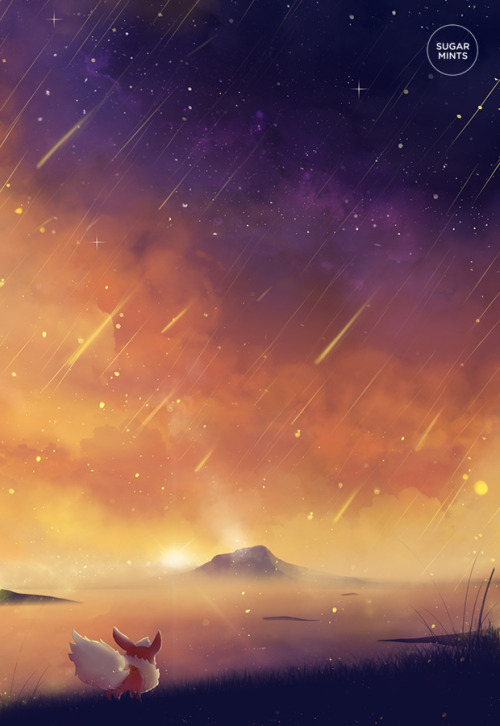

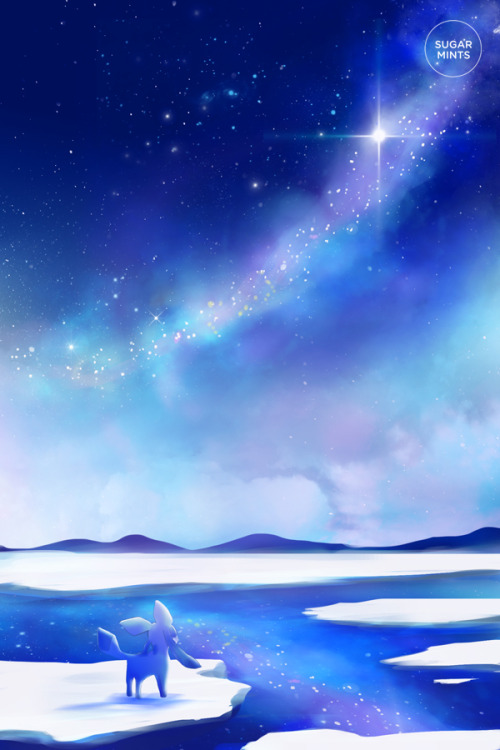

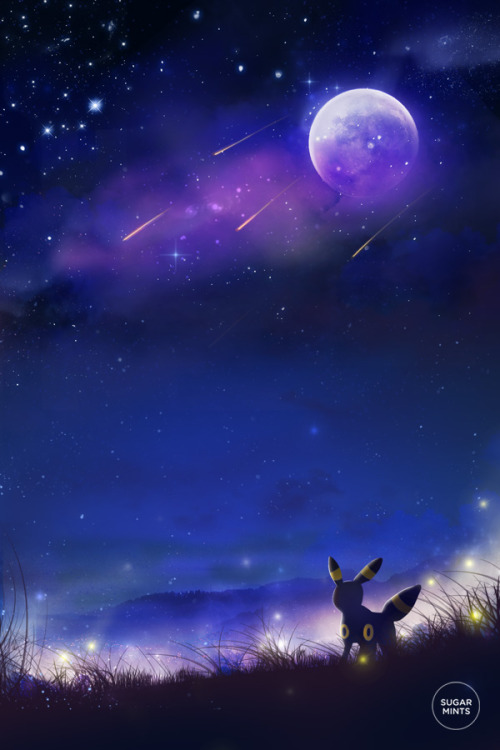
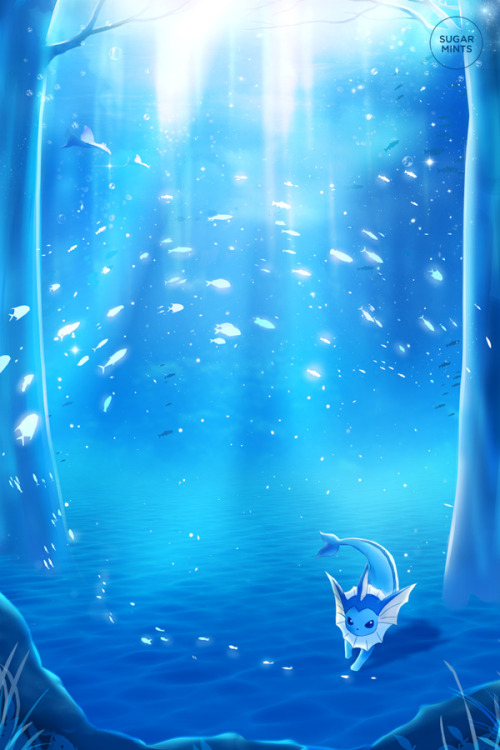
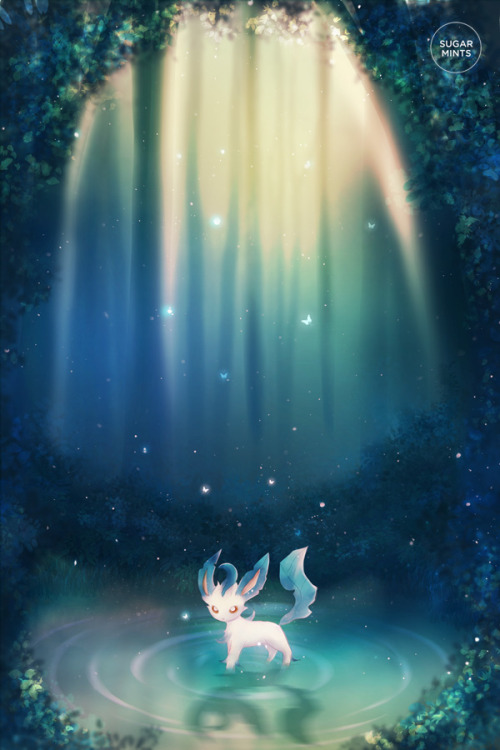
All the eeveelutions! :)
More Posts from Paradoxfox-blog and Others



COMMISSIONS OPEN!💕
Second list of the year. Only 3 slots open!!!
Here my prices if u are really interested. -Furhead 350+ -Handpaws 100+ -Feetpaws 150+ (all feetpaws are indoor) -Armsleeves 100+ -Handpaws & armsleeves 160+ -Tail 200+ -Extra color 45. -Partial 750+ Prices without shipping.
The prices are based on a simple design and just 1 color. May change depending on difficulty.
50% of the total cost needed to make the purchase. Only the truly interested and those who are really going to buy one send direct message for quotes. coore.gray@gmail.com Kik: xianniecho







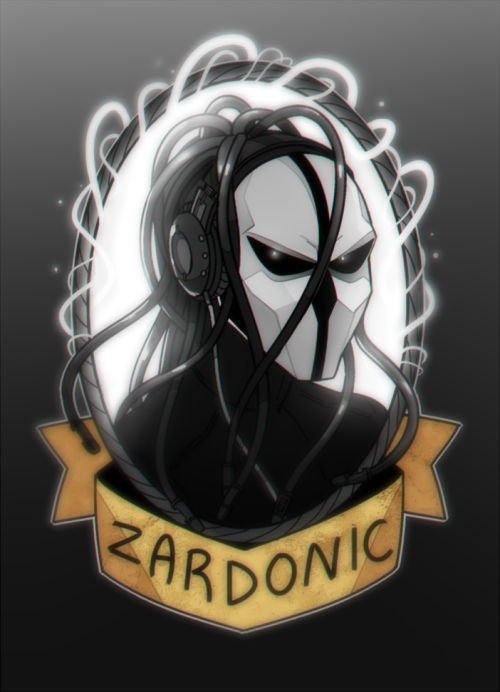
So I’ve got a really specific admiration for electronic musicians that have masks/some sort of persona, and I decided to do a little fan art of my favorites :,)




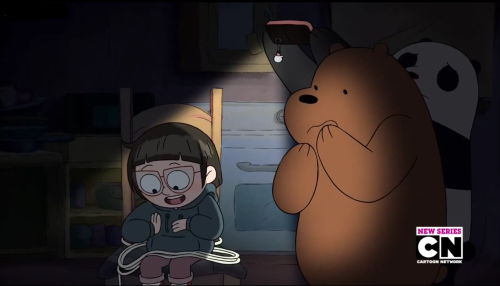

Re-drew some screenshots from the bear show
Hot & Steamy RS-25 Engine Test

Today, we tested the RS-25 engine at Stennis Space Center in Mississippi, and boy was it hot! Besides the fact that it was a hot day, the 6,000 degree operating temperature of the hot fire test didn’t help things. This engine is one of four that will power the core stage of our Space Launch System (SLS) into deep space and to Mars. Today’s test reached 109% power and burned 150,000 gallons of liquid oxygen and 60,000 gallons of liquid hydrogen. When SLS launches with all 4 of its engines, it will be the most powerful rocket in the world!

This engine was previously used to to fly dozens of successful missions on the space shuttle, so you might be asking, “Why are we spending time testing it again if we already know it’s awesome?” Well, it’s actually really important that we test them specifically for use with SLS for a number of reasons, including the fact that we will be operating at 109% power, vs. the 104% power previously used.

If you missed the 535-second, ground rumbling test today – you’re in luck. We’ve compiled all the cool stuff (fire, steam & loud noises) into a recap video. Check it out here:
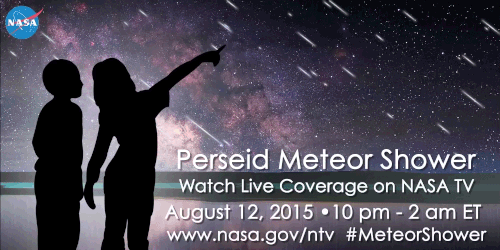
What are Perseid Meteors, and why should you be excited for them this year? Let us tell you!
The Perseid meteor shower is caused by debris from Comet Swift-Tuttle as it swings through the inner solar system and ejects a trail of dust and gravel along its orbit. When the Earth passes through the debris, specs of comet-stuff hit the atmosphere at 140,000 mph and disintegrate in flashes of light. Meteors from this comet are called Perseids because they seem to fly out of the constellation Perseus.

Last year, this meteor shower peaked during a bright “supermoon”, so visibility was reduced. Luckily, forecasters say the show could be especially awesome this year because the Moon is nearly new when the shower peaks on Aug. 12-13.
The best place to view the event is away from city lights around midnight. Under a clear, dark sky forecasters predict meteor rates as high as 100 per hour on peak night. So, get outside, look up and enjoy the show!
If your area has poor visibility on the peak night, we’ve got you covered! We’ll be hosting a live broadcast about the meteor shower from 10 p.m. EDT Wednesday, Aug. 12, to 2 a.m. Thursday, Aug. 13. In addition to footage from our live skycam, the program will highlight the science behind the Perseids, as well as our research related to meteors and comets. Tune in on NASA TV or our UStream Channel.

Tomorrow at 5ET I’ll be interviewing three astronauts (read all about them here) live on Periscope and Snapchat (user: nprnews).
What would you like me to ask them? Submit questions here.

Gaaaay by ThePsychoSloth

“Flirty Kangaroo” MB for Kascade!

Source: http://twitter.com/CV02LenKagamine/status/619955698173128704

Wiggle your toes - by kitsunezero - toobusybeingfat (tumblr)
-
 the-letter-horror-lover liked this · 3 weeks ago
the-letter-horror-lover liked this · 3 weeks ago -
 bribriblue-blog reblogged this · 1 month ago
bribriblue-blog reblogged this · 1 month ago -
 bribriblue-blog liked this · 1 month ago
bribriblue-blog liked this · 1 month ago -
 hauntedbyespeon reblogged this · 3 months ago
hauntedbyespeon reblogged this · 3 months ago -
 hauntedbyespeon liked this · 3 months ago
hauntedbyespeon liked this · 3 months ago -
 silverscreensiren liked this · 3 months ago
silverscreensiren liked this · 3 months ago -
 kaeru89 liked this · 5 months ago
kaeru89 liked this · 5 months ago -
 theangrypokemaniac reblogged this · 5 months ago
theangrypokemaniac reblogged this · 5 months ago -
 myenemies reblogged this · 5 months ago
myenemies reblogged this · 5 months ago -
 angelstxrm liked this · 5 months ago
angelstxrm liked this · 5 months ago -
 keepyourswordskyward liked this · 5 months ago
keepyourswordskyward liked this · 5 months ago -
 desdhy liked this · 5 months ago
desdhy liked this · 5 months ago -
 cinnamelroll reblogged this · 5 months ago
cinnamelroll reblogged this · 5 months ago -
 shoot-the-smiles reblogged this · 6 months ago
shoot-the-smiles reblogged this · 6 months ago -
 aikoiya liked this · 6 months ago
aikoiya liked this · 6 months ago -
 koemi22 reblogged this · 6 months ago
koemi22 reblogged this · 6 months ago -
 methoxyacetyltryptamine reblogged this · 6 months ago
methoxyacetyltryptamine reblogged this · 6 months ago -
 methoxyacetyltryptamine liked this · 6 months ago
methoxyacetyltryptamine liked this · 6 months ago -
 perfectlyhopefuldragonfly reblogged this · 6 months ago
perfectlyhopefuldragonfly reblogged this · 6 months ago -
 perfectlyhopefuldragonfly liked this · 6 months ago
perfectlyhopefuldragonfly liked this · 6 months ago -
 tidewing22 reblogged this · 6 months ago
tidewing22 reblogged this · 6 months ago -
 jellyfishvibes reblogged this · 6 months ago
jellyfishvibes reblogged this · 6 months ago -
 spirit-pyrite liked this · 6 months ago
spirit-pyrite liked this · 6 months ago -
 photosynthefish-12 reblogged this · 6 months ago
photosynthefish-12 reblogged this · 6 months ago -
 photosynthefish-12 liked this · 6 months ago
photosynthefish-12 liked this · 6 months ago -
 theultimatepumpkinpie reblogged this · 6 months ago
theultimatepumpkinpie reblogged this · 6 months ago -
 theultimatepumpkinpie liked this · 6 months ago
theultimatepumpkinpie liked this · 6 months ago -
 wastelanduck reblogged this · 6 months ago
wastelanduck reblogged this · 6 months ago -
 asmolvaporeon reblogged this · 6 months ago
asmolvaporeon reblogged this · 6 months ago -
 quartersety-of-a-holsety reblogged this · 6 months ago
quartersety-of-a-holsety reblogged this · 6 months ago -
 twitch-upon-the-thread liked this · 7 months ago
twitch-upon-the-thread liked this · 7 months ago -
 ioannemos liked this · 7 months ago
ioannemos liked this · 7 months ago -
 livingtradition reblogged this · 7 months ago
livingtradition reblogged this · 7 months ago -
 quonunc reblogged this · 7 months ago
quonunc reblogged this · 7 months ago -
 stuckinaliminalstate reblogged this · 7 months ago
stuckinaliminalstate reblogged this · 7 months ago -
 sibanariix liked this · 7 months ago
sibanariix liked this · 7 months ago -
 carebearsandkawaiistuff76 liked this · 8 months ago
carebearsandkawaiistuff76 liked this · 8 months ago -
 mcflies liked this · 8 months ago
mcflies liked this · 8 months ago -
 queenetitania reblogged this · 8 months ago
queenetitania reblogged this · 8 months ago -
 thebarofgold reblogged this · 8 months ago
thebarofgold reblogged this · 8 months ago -
 ich-versteh-euch-nicht reblogged this · 8 months ago
ich-versteh-euch-nicht reblogged this · 8 months ago -
 ich-versteh-euch-nicht liked this · 8 months ago
ich-versteh-euch-nicht liked this · 8 months ago -
 crys147 liked this · 8 months ago
crys147 liked this · 8 months ago -
 hopeofnyan liked this · 9 months ago
hopeofnyan liked this · 9 months ago -
 thelonelyprinceofdarkness reblogged this · 9 months ago
thelonelyprinceofdarkness reblogged this · 9 months ago -
 thelonelyprinceofdarkness liked this · 9 months ago
thelonelyprinceofdarkness liked this · 9 months ago -
 lucidmoth26 liked this · 9 months ago
lucidmoth26 liked this · 9 months ago -
 angelz1251 reblogged this · 10 months ago
angelz1251 reblogged this · 10 months ago
Hello! I'm paradox the blue fox. I'm a gay furry. Love doctor who. I'm a musician, wheel throwing artist, and a glassblowing artist. I love space.
190 posts